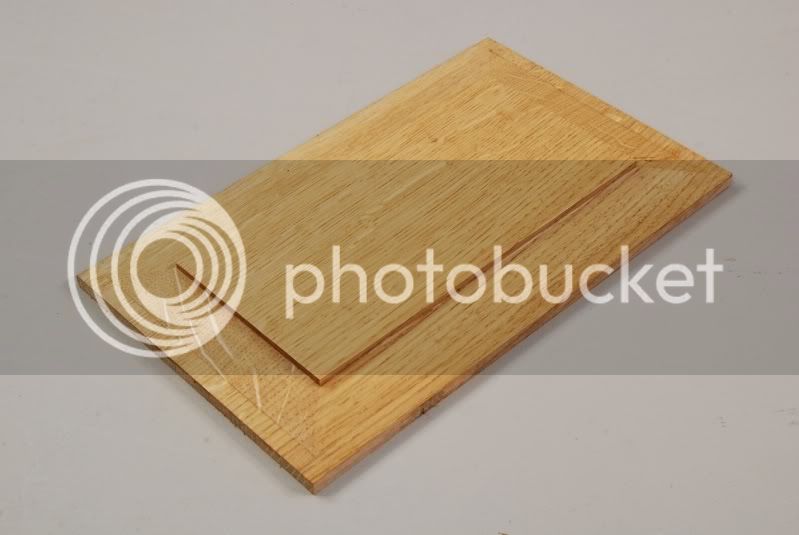Right now we see it- that's a different panel altogether. I thought you were talking of the fielded panel as found in millions of internal doors and panels but the above is a "raised and chamfered" panel - although terminology varies and is unreliable. So yes it has a flat planed around the edge. I'm not sure how the moulding works but neither it nor the panel will be glued, and only the moulding will be nailed.
There's a simple rule with copying period joinery and that is to copy it exactly. So if you want to know how they did it pull it apart and do it exactly the same. Two reasons for this - firstly and obviously this will produce the desired result, but less obviously - the original maker probably knew a great deal more about joinery than you or me and the chances are that his methods and details are the very best and most practical, which makes it a valuable learning experience.
PS removing glass - as you are scrapping the door it is easiest to cut through the rails and stiles and tap and pull the woodwork away from the glass, rather than trying to take the glass out of the frame. Remove beads of course, but you may find the beads on one side are machined on to the stiles/rails so won't come off.




































